One material that is used in the manufacture of furniture, especially bathroom and kitchen furniture, is MDF. There are factories that use only MDF boards in production, which they process and coat with various coloured finishes. MDF is a materialwood derivative, homogeneous and easy to machine. With a well-chosen finish, it is possible to make special furniture that to the untrained eye may appear to be solid wood. That's how I "fool" my guests with kitchen furniture made many years ago. That's why, in the following I will tell you what I think is important about finishing MDF.
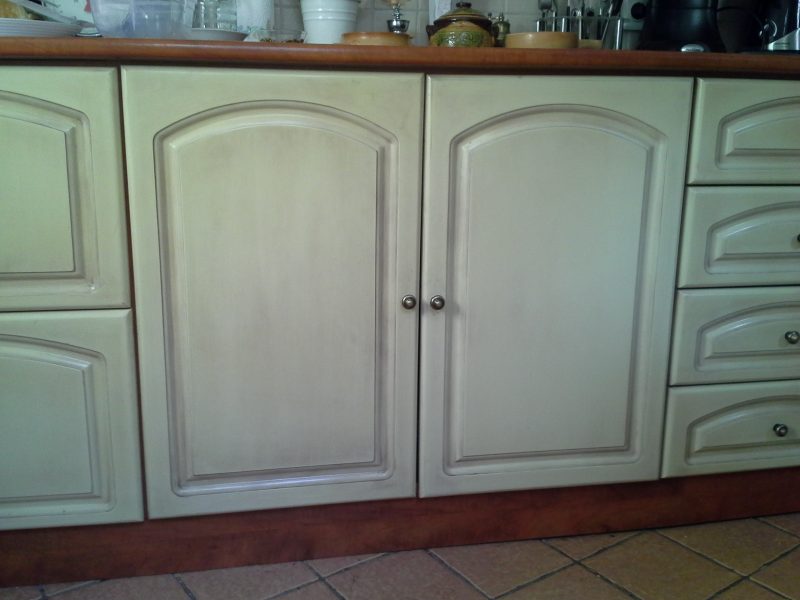
Choose quality MDF
MDF boards are made from wood, like chipboard. But they are denser and more homogeneous than chipboard. In short, MDF boards are made by hot-pressing a material obtained by partially removing lignin from the wood and then spraying it with an adhesive. The adhesives used are usually ureoformaldehyde (urerelite) and this involvesformaldehyde emissionthat lingering, pungent smell. To avoid problems with these emissions, I recommend that you do your research when buying MDF boards and don't choose on price alone. In recent years, due to restrictions on formaldehyde emissions, formaldehyde-reducing additives (free formaldehyde scavengers) or even formaldehyde-free adhesives have been used in production. Indeed, MDF made with such materials is more expensive, but you avoid the problems you may have with customers because of odour.
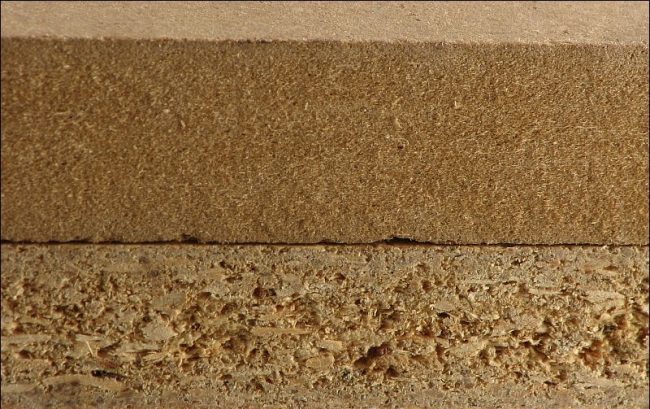
photo source: addected2decorating.com
Another problem MDF boards can have is porosity. Sometimes, lower quality, cheaper MDF can have tiny pores, invisible to the naked eye, but appearing as small punctures in the film or small air bubbles trapped in the film (this is the air that comes out of the board and cannot get out of the film). These defects are spread over the entire surface, but are not uniform. Finishing MDF is usually done with white primer, making the bubbles even more visible. To avoid such a problem it is best to use an insulator as a first coat. This will create a protective layer and seal the MDF board, preventing air from escaping from the pores. It is an operation that can save you a lot of trouble later on.
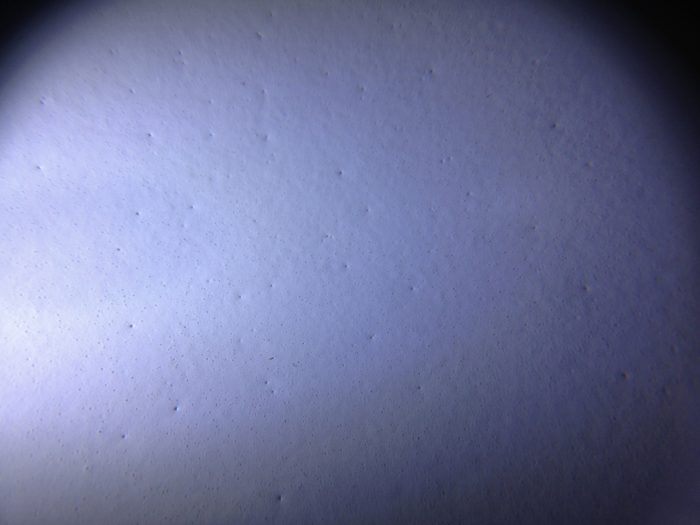
The insulator is also good to use if the MDF board is machined. In fact, these millings make MDF furniture look like wood. This can be used to reproduce the doors, frames, crowns and cupboard tops.
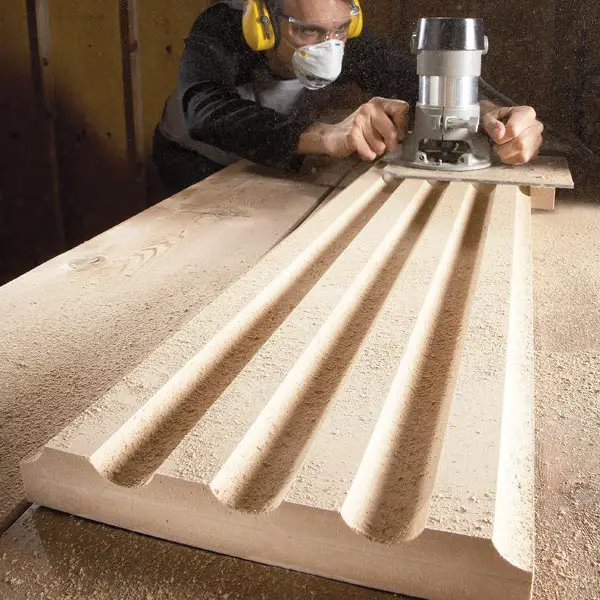
Finished with pigmented products orskatedin a reliable way with well-chosen products, it can be the perfect choice for a vintage-looking kitchen.
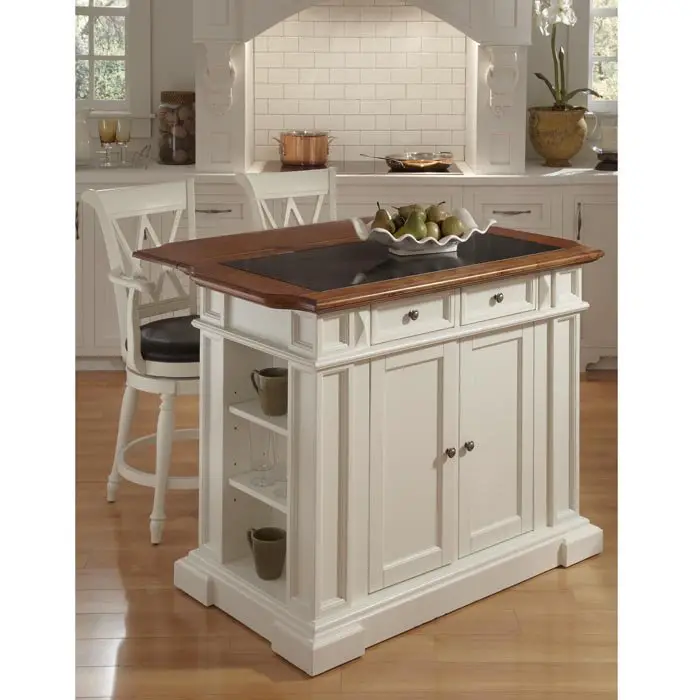
photo source: autohaus-fleisher.com
But by processing the boards you get into the inner layers, where the MDF lacks surface hardness. The milled area is softer and absorbs more material. The weathered, primer-coated fibre will make sanding more difficult and sometimes more primer will need to be applied to achieve a quality finish. The problem is solved by applying a coat of insulator.
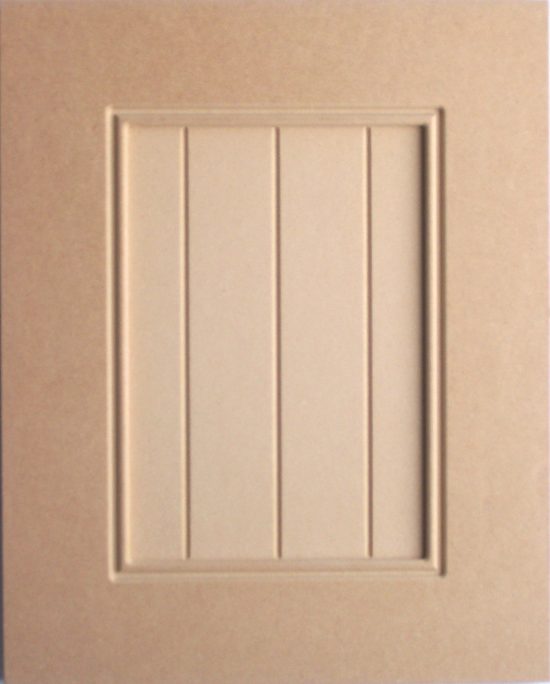
photo source: homenk.com
Milled areas should always be sanded before applying finishing material. Polishing can be done with 180-220 grit sandpaper or medium abrasive sponges. This reduces deep absorption and fibre lift.
Sanding between layers is very important for a quality finish, especially if it is glossy. It is done with 280-320 grit sandpaper for matt finishes and over 400 grit for glossy finishes. The gloss magnifies any surface defects, and the small curls that appear after sanding with a lower grit sandpaper will show up as scratches on the surface of the furniture.
Always check the sample colour before application. It is much harder to repair afterwards. Also check how well the paint covers. If you have to apply 2-3 coats for good coverage, the final colour will be darker. It is often better to buy a slightly more expensive paint, but one that has a higher paste content in the composition and covers much better without the need for more passes (when spraying), or even more coats. The offer on the market now has a colour paste content between 20 and 30%. It is best to ask beforehand and choose the variant that suits you.
To achieve a quality finish it is not enough to use a good product. Working conditions, thinner, the use of a catalyst other than the one recommended, can significantly alter the appearance of the film. In a dusty environment it will be impossible to achieve beautiful glossy furniture without polishing the surface to remove impurities trapped in the film.
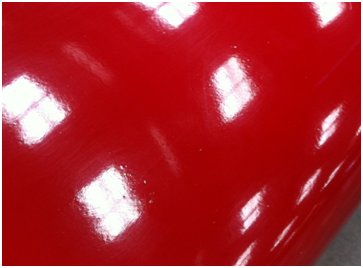
photo source: en.wikipedia.com
The wrong choice of thinner can cause the film to dry too quickly, before it sets well or air gets through. This results in orange peel or rough appearance.
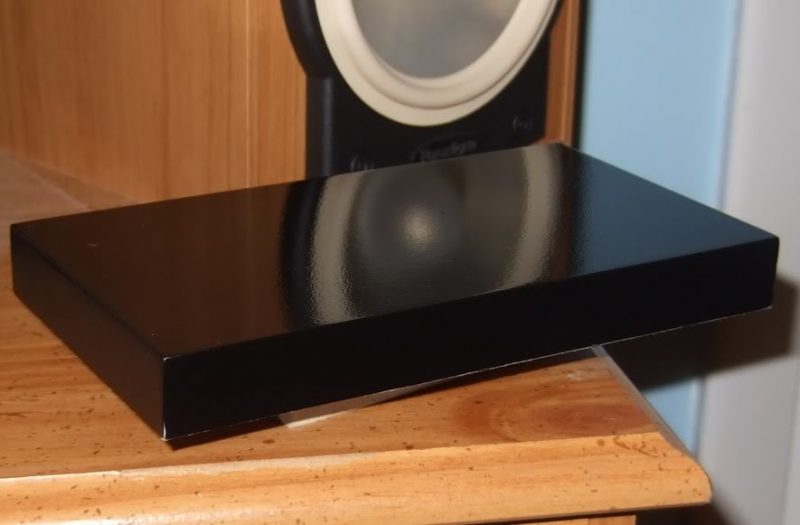
photo source: forums.shoryuken.com
The wrong catalyst can greatly change the gloss level, making a glossy varnish matt.
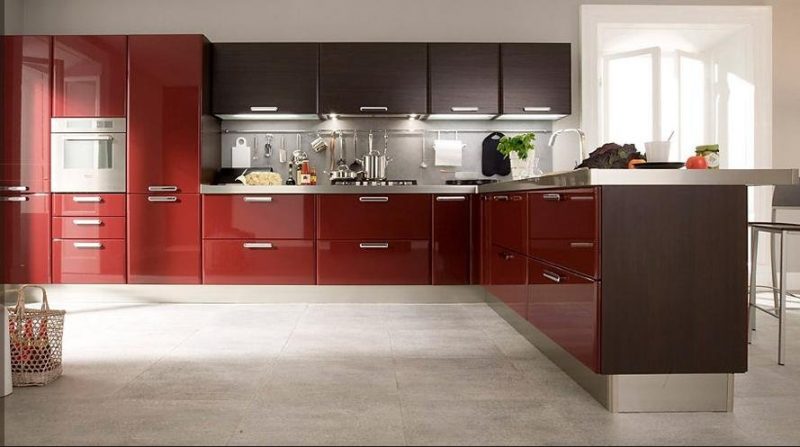
photo source: aliexpress.com
I hope these few ideas on choosing and finishing MDF will help you achieve a beautiful, well-finished piece of furniture.


























Thank you!
With pleasure! 🙂
Hello,I bought a children's bedroom with painted MDF fronts.I asked questions about the MDF paint and I was told that it is lead-based.Then there is the problem of formaldehyde which I understand is gradually eliminated over a period of 5,10 years.Considering that it is a children's bedroom,what do you advise me to do?Should I give up the bedroom?Thank you.
Hello,
For children's furniture there are special requirements. Formaldehyde emissions must normally be very low and the paints used must not contain heavy metals (including lead). The manufacture of paints containing heavy metals has long been banned in the European Community. Now, it depends on where you got your furniture from and how well the manufacturer of the furniture complies with the requirements. If the smell of formaldehyde is strong and persistent, I would find another use for that furniture and remove it from the child's room. It is best to ask the manufacturer for more information.
All the best.
The manufacturer's representative said, when I asked for a certificate of conformity, that their paints contain lead, that they are thinner based and I panicked pretty badly.In your experience, how long are the furniture pieces toxic in this case?
Thank you very much.
It also depends what kind of paints they are. For example, polyurethane paints, once the reaction is totally finished (max 2 weeks) are totally inert and no longer a problem. But I'm still surprised that they still use paints containing lead. But you should know that for years these paints have been used. Lately paints containing heavy metals have been considered dangerous. And as you can see, they are still being used. The lead content of these paints is not high, and we are not talking about emissions, but about the possibility of the paint getting into the child's mouth, coming into contact with the skin for a long time, problems like that. Much more dangerous is formaldehyde. If the formaldehyde emission is very low I don't think it's a problem. Is the furniture for babies or is it something like youth furniture?
I will ask for a quality certificate and if you don't mind I will keep you informed.Good evening!Thank you very much.
Very interesting article, thank you! I'll have to look for a furniture manufacturer that follows the manufacturing procedures for children's furniture too. Maybe I'll find it at the Expo Top Construct.
Hello,
I hope this is not offtopic.
For baby furniture, if you are a distribution company, you can contact me.
Hello! I have a small personal joinery workshop and I want to start making my kitchen furniture from MDF.
I can't find the MDF insulator anywhere, can you recommend where I can find it? Thank you!
Hello.
I don't think you'll find insulation in regular DIY stores. You can find it at companies that sell professional wood finishing products and at their distributors (Sirca, Ica, Renner, Milesi, Sayerlack, etc).
Good evening! I also have a question related to mdf, if someone can help me.Recently I was proposed a collaboration with several photographers who want mdf bales for sublimation.Does anyone know what paints, varnishes are used for this process? Thank you in advance!
Hello.
I have not come across this topic before and that is why I had to research it. It seems that polyester paints or varnishes are suitable for sublimation because they retain the sublimated paints on the surface. I also found references to paints or varnishes used for cars.
You can find here more information.
All the best!
Don't forget to subscribe to the printed Wood Magazine! For only 58 lei/year you can find out news in the field, discover craft ideas or trade secrets. We remind you that the content in the printed magazine is different from the one on the website. Details in the link below.
Thank you!https://revistadinlemn.ro/product/abonament-revista-din-lemn/
Hello,
The person from whom I got the offer of MDF furniture told me that he uses water-based paints.
1 - Do you have any idea if they are good or not?
2 - Could you recommend a good / very good brand of paint / primer that does not smell over time?
3 - Is one coat of primer, one coat of paint enough? or should more than one be applied?
Thank you very much!
Ovidiu
Hello.
1. Water-based paints are good and have been used for some time for painting mdf. Their advantage is that the furniture will not smell of solvent immediately weeks after painting.
2. It is best to use professional products, i.e. those used in factories and made specifically for such applications. Some of these brands: Sirca, ICA (Lomilux distributor), Renner, Sayerlack, Milesi. As I said above, water-based paints have no smell after drying.
3. Not enough. Minimum 2 coats of primer, sanding after drying to obtain a smooth surface and a final coat of paint.
All the best!
Good evening! I have a kitchen cabinet with glossy red fronts made of mdf. I'm sorry I chose this colour and would like to paint it myself. Can this be done at home? What products should I use?
Good evening!
It can be done, but with a lot of work.
You can use ordinary water-based paints. Before painting the furniture, it is essential to sand it, otherwise the new coating will not adhere.
Sanding is done lightly, without removing the existing coating, with 280 or 320 grit sandpaper or fine abrasive sponge. After sanding the surface will whiten and a red dust (like furniture paint) will result. Dust and brush on the first coat. Allow to dry and apply another coat.
You can also do it without sanding if you use Annie Sloan-type chalky paints. But they must be fixed at the end with wax or varnish. As it is a kitchen furniture, it is better to use varnish, not wax, it is more resistant.
Below are links that may be helpful.
All the best!
https://revistadinlemn.ro/2020/10/29/ce-trebuie-sa-stii-daca-vrei-sa-revopsesti-mobila-sau-usile-de-lemn/
https://revistadinlemn.ro/2018/01/23/vopsele-cretoase-annie-sloan-chalk-paint/
https://revistadinlemn.ro/2021/02/11/vreau-sa-pun-in-baie-o-comoda-veche-ca-suport-pentru-chiuveta-ce-trebuie-sa-fac-sa-reziste-la-umiditate/